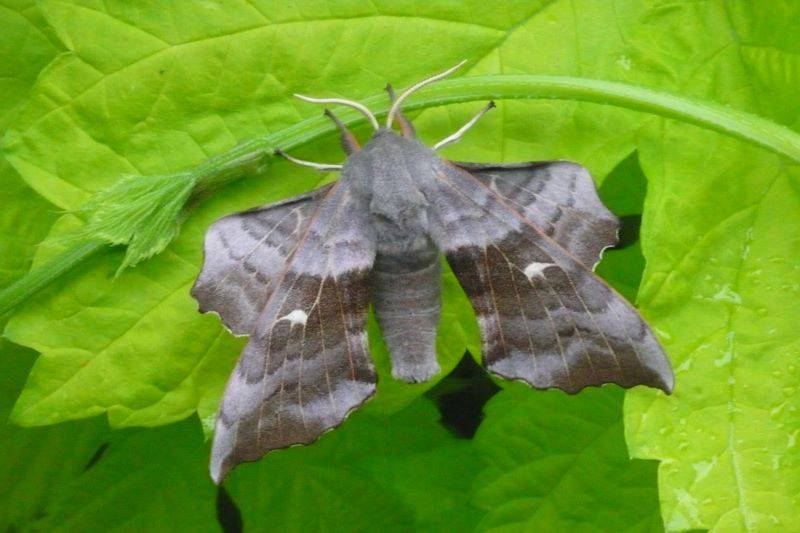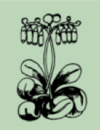Gardening for Wildlife
Our objective is to encourage as much wildlife as possible to live in the garden to give a balanced ecosystem. It is known that suitable wildlife habitat is under increasing threat as the countryside becomes more developed and suburbanised. Wildlife-friendly gardens are of considerable benefit to a wide variety of animals and we hope that we can show you some of the ways that you can transform your own garden into a wildlife haven.
We aim to provide an oasis which is especially suitable for small birds. As a result of our endeavours we are pleased to report that we can identify up to 45 different bird species in an average season. The Butterfly and Moth Conservation society regularly trap moths in the garden, so far they have recorded almost 300 different moth species.
The garden is full of plants that encourage bees and butterflies and you will see many species of both. We have recorded more than 10 different species of butterfly and counts by the bumble bee society have recorded 9 species of bumblebee. We are a safe haven for hedgehogs: a number of rescue hedgehogs being released here every year.
In the summer you are likely to see damselflies and dragonflies around the pond, which is also home to newts, frogs, toads and many pond invertebrates. Pond dipping at our wildlife days have recorded water boatmen, diving beetles, ramshorn snails, freshwater shrimps and the nymphs and larvae of many insects.
Hedgehogs
The garden here is a safe haven for hedgehogs and many rescue 'hogs are released here. Over Easter 2021 we set up some cameras in the garden and were delighted to see this hedgehog enjoying the food we had put out. You can find out more about the hedgehogs in the garden at our Wildlife Day in June.
Wildlife Day
Wildlife Pond
How We Garden for Wildlife
One of the main ways to encourage wildlife is to select plants that are good for insects. Some ones that we would particularly recommend are Eryngium, Nepeta, Monada, Sedum, Eupatorium and Verbena bonariensis.




Other ways we attract wildlife to the garden are:
- Bird boxes throughout the garden with different designs known to encourage different bird species, such as woodpeckers, owls, sparrows as well as the great tits and blue tits.
- Maintaining a substantial bird feeding area throughout the year.
- Putting up a bat box in the courtyard.
- Setting up hedgehog boxes and leaving water out for them.
- Keeping predators under control
- Leaving piles of logs undisturbed when freshly cut, so as to season until ready for firewood for our woodburners. They provide habitat for a multitude of small mammals, beetles, frogs, toads, newts, hedgehogs etc.
- Building insect hotels to provide space for insects to hibernate
- Keeping and breeding guinea fowl and rare breed chickens which roam freely in the garden. They are excellent for clearing up the slug population, they turn over the compost heaps, remove bugs and add to the enrichment by their droppings. So they are far more useful than just producing eggs for the family.
- Our white doves breed prolifically and provide premium feeding for a family of sparrowhawks (a protected species) in an adjacent wood
- A traditional wild flower meadow is maintained to support a profusion of butterflies, moths and British native plants. This is cut and left to ensure all seed drops.
- Leaving seed heads to provide food for birds and protection from the cold for many insects.
Testimonials













